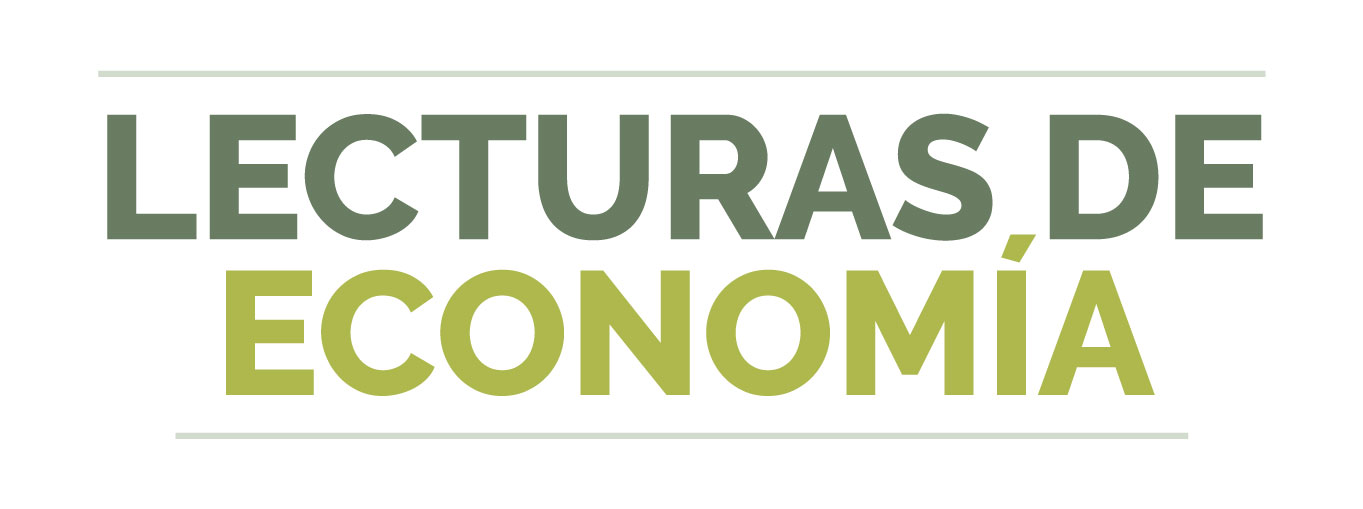La courbe d’Engel appliquée au service de santé en Colombie : une approche semi-paramétrique
DOI :
https://doi.org/10.17533/udea.le.n74a10000Mots-clés :
Courbe d’Engel, dépenses de santé, modèles semi-paramétriques, endogénéité, bootstrapRésumé
Cet article présente une estimation de la courbe d’Engel pour les différentes dépenses associées à la santé en Colombie. Pour ce faire, nous utilisons des modèles semi-paramétriques à partir de l’information issue de l’Enquête Nationale de Qualité de Vie de l’année 1997. Nous avons corrigé les problèmes d’endogénéité en faisant appel aux régreseurs construits en deux étapes. Ensuite, nous avons effectué des contrastes du type bootstrap pour détecter des effets linéaires et quadratiques. Les résultats montrent que le caractère linéaire est rejeté dans la plus part des estimations, mais l’effet quadratique n’a pas pu être rejeté ni le cas de variable transport ni dans le cas de la variable hospitalisation pour le plus pauvres. Nous concluons également que le transport public utilisé par les services de santé peut être considéré comme un bien inférieur, tandis que les frais d’inscription à la sécurité sociale peuvent être considérés comme un bien de luxe.
Téléchargements
Références
Bhalotra, Sonya and Attfield, Cliff (1998). “Intrahousehold Resources Allocation in Rural Pakistan: A Semiparametric Analysis”, Journal of Applied Econometrics, Vol. 13, No. 5, pp. 463-480.
Banks, James; Blundell, Richar and Lewbel, Arthur (1997). “Quadratic Engel Curves and Consumer Demand”, The Review of Economics and Statistics, Vol. 79, No. 4, pp. 527-539.
Barrientos, Jorge (2009). “Consumer Behaviour in Urban Colombia: the Case of Bogotá”, Ensayo sobre Política Económica-ESPE, Vol. 27, No 59, pp. 46-82.
Barrientos, Jorge (2006). “Estimation and Testing Additive Partially Linear Model in a System of Engel Curves”, IVIE Working Paper, WP-AD 2006-23, pp. 1-25.
Barrientos, Jorge y Sperlich Stefan (2006). “The Size Problem of Kernel Based Bootstrap Tests when the Null is Nonparametric”, Social Science Research Network. (September 2006). Available at SSRN: http://ssrn.com/ abstract=1010939 (July 19, 2011)
Barrientos, Jorge (2005). “A Note On Bandwidth Choice when the Null Hypothesis is Semiparametric”, Revista de Economía del Rosario, Vol. 8, No. 2, pp. 114-129.
Blundell, Richard; Duncan, Alan and Pendakur, Krishna (1998). “Seminparametric Estimation and Consumer Demand”, Journal of Applied Econometrics, Vol. 13, No. 5, pp. 435-461.
Blundell, Richard; Browning, Martin and Crawford, Ian (2003). “Nonparametric Engel Curve and Revealed Preference”, Econometrica, Vol. 71, No. 1, pp. 205-240.
Deaton, Angus and Muellbauer, John (1980a). “An Almost Ideal Demand System”, American Economic Review, Vol. 70, No. 3, pp. 321-326.
Deaton, Angus and Muellbauer, John (1980b). Economic and Consumer Behavior, Cambridge, Cambridge University Press.
Deaton, Angust (1997). The Analysis of Household Survey. A Microeconometric. Approach to Development Policy, Johns Hopkins University Press.
Gozalo, Pedro and Linton, Oliver (2001). “Testing Additivity in Generalized Nonparametric Regression Models with Estimated Parameters”, Journal of Econometrics, Vol. 104, No. 1, pp. 1-48.
Hardle, Wolfgang; Huet, Sylvi; Mammen, Enn y Sperlich, Stefan (2004). “Bootstrap Inference In Semiparametric Generalized Additive Models”, Econometric Theory, Vol. 20, No. 2, pp. 265-300.
Horowitz, Joel and Spokoiny, Vladimir (2002). “An Adaptive, Rate-optimal Test of Parametric Mean-Regression Model Against A Nonparametric Alternative”. Econometrica, Vol. 69, No. 3, pp. 599-631.
Leser, Conrad Emanuel Victor (1963). “Form of Engel Functions”, Econometrica, Vol. 31, No. 4, pp. 694-703.
Lyssiotou, Panayiota; Pashardes, Panos and Stengos, Thanasis (2001). “Age Effects on Consumer Demand: An Additive Partially Linear Regression Model”, The Canadian Journal of Economics, Vol. 35, No. 1, pp. 153-165.
Mascollel, Andreu; Whinston, Michael and Green, Jerry (1995). Microeconomic Theory, Oxford, Oxford University Press.
Nadaraya, E. A. (1964). “On Estimating Regression”, Theory of Probability and its Applications, Vol. 9, No. 1, pp. 141-142.
Newey, Whitney and Powell, James (2003). “Instrumental Variables Estimation of Nonparametric Models”. Econometrica, Vol. 71, No. 5, pp. 1565-1578.
Nyman, John (1999a). “The Economics of Moral Hazard Revisited”, Journal of Health Economics, Vol. 18, No. 6, pp. 811-824.
Nyman, John (1999b). “The Value of Health Insurance: The Access Motive”, Journal of Health Economics, Vol. 18, No. 2, pp. 141-152.
Ramírez, Manuel; Cortés, Darwin y Gallego, Juan (2002). “El gasto en salud de los hogares colombianos: un análisis descriptivo”, Lecturas de Economía. No. 57, julio-diciembre 2002, pp. 87-125.
Robinson, Peter (1988). “Root N-Consistent Semiparametric Regression”, Econometrica, Vol. 56, No. 4, pp. 931-54.
Rodriguez-Poo, Juan; Sperlich, Stefan and Vieu, Philippe (2005). “And Adaptive Specification Test For Semiparametric Models”, Social Science Research Network, Available at SSRN: http://ssrn.com/abstract=1010933 (July 19, 2011).
Sperlich, Stefan (2005). “A Note on Nonparametric Estimation with Constructed Variables and Generated Regressors”, Social Science Research Network. (August 24, 2007). Available at SSRN: http://ssrn.com/abstract=1010923 (July 19, 2011).
Watson, Geoffrey (1964). “Smooth Regression Analysis”. Sankhyā: The Indian Journal of Statistics, Series A, Vol. 26, No. 4 (December, 1964), pp. 359-372.
Working, Holbrook (1943). “Statistical Laws of Family Expenditure”, Journal of the American Statistical Association, Vol. 38, No. 221 (March, 1943), pp. 43-56.
Téléchargements
Publié-e
Comment citer
Numéro
Rubrique
Licence
Cette page, par Universidad de Antioquia, est autorisée sous une Licence d'attribution Creative Commons.
Les auteurs qui publient avec cette revue acceptent de conserver les droits d'auteur et d'accorder le droit de première publication à la revue, l'article sous licence sous une licence Creative Commons Attribution-NonCommercial-ShareAlike permettant à d'autres de le partager tant qu'ils reconnaissent sa paternité et sa publication originale dans ce journal.
Les auteurs peuvent conclure des accords contractuels supplémentaires et distincts pour la distribution non exclusive de la version publiée de la revue (par exemple, la publier dans un référentiel institutionnel ou la publier dans un livre), à condition que ces accords soient sans but lucratif et être reconnu comme la source originale de publication.
Les auteurs sont autorisés et encouragés à publier leurs articles en ligne (par exemple, dans des dépôts institutionnels ou sur leurs sites Web), car cela peut conduire à de précieux échanges ainsi qu'à une plus grande citation des travaux publiés.















